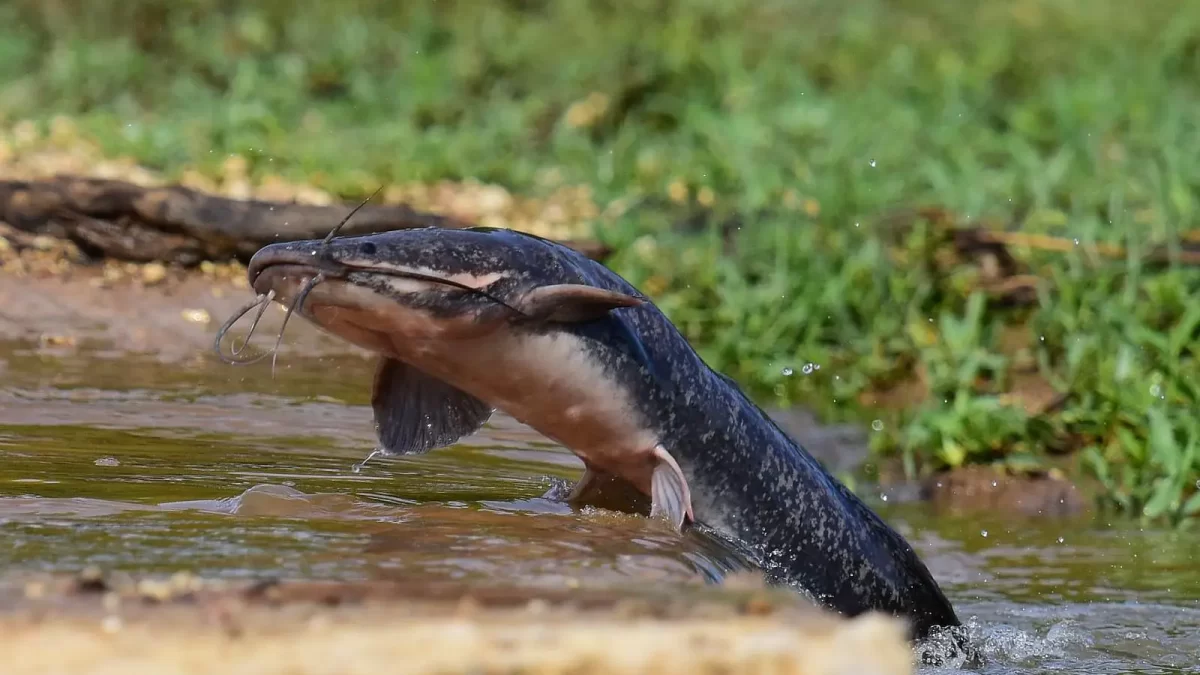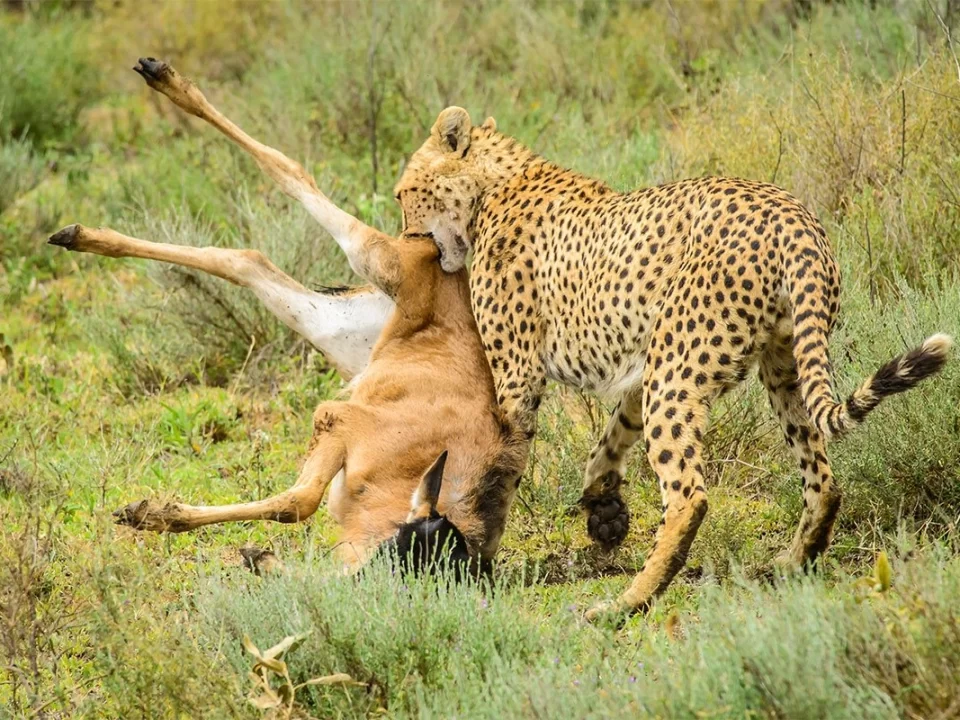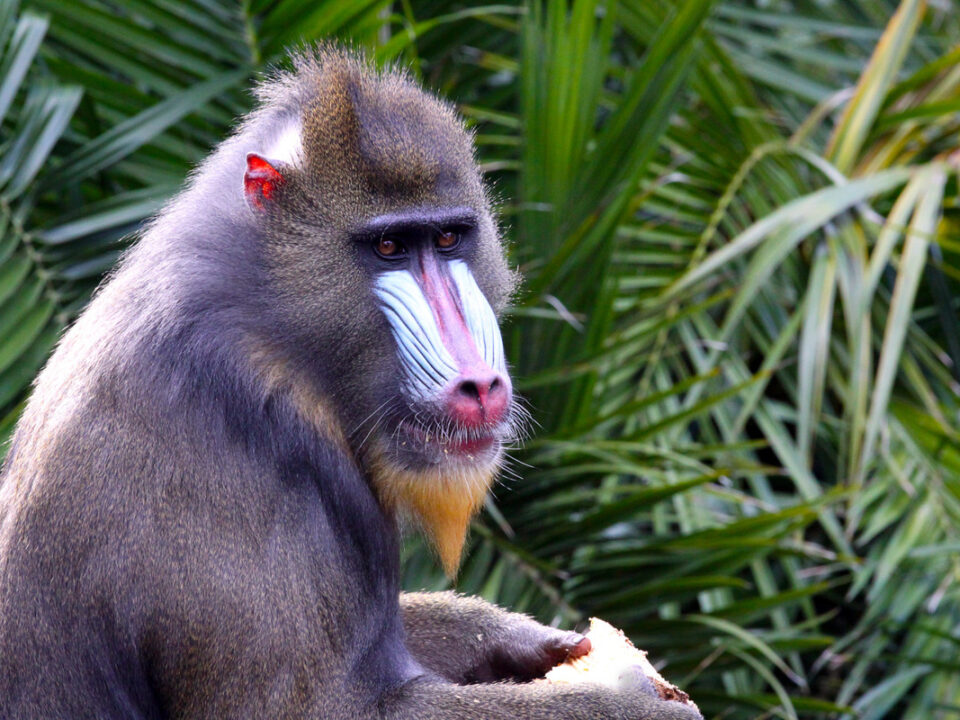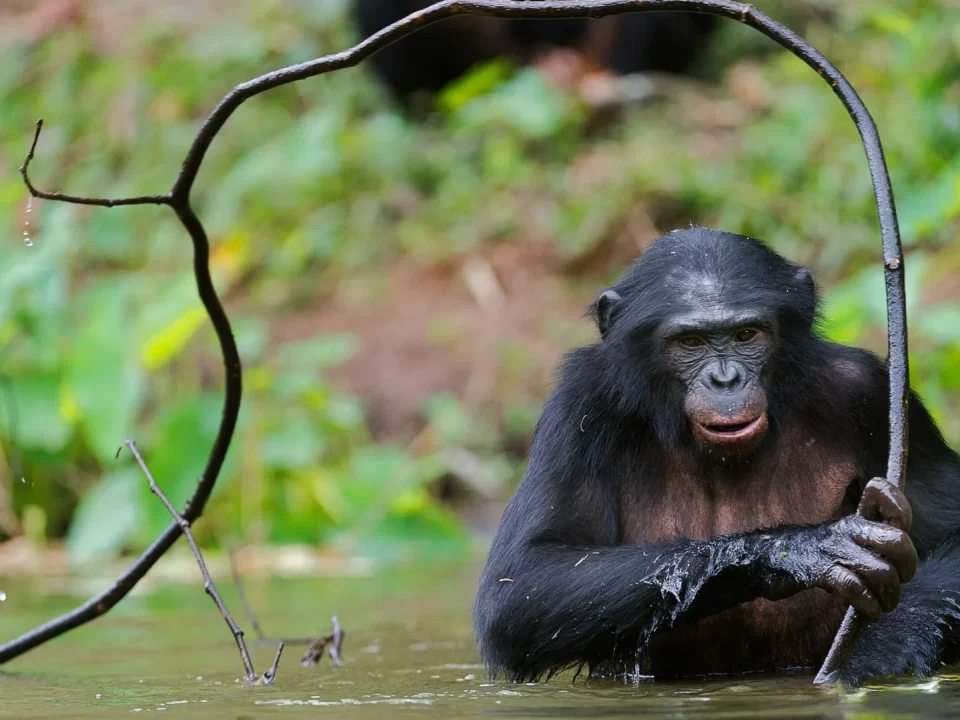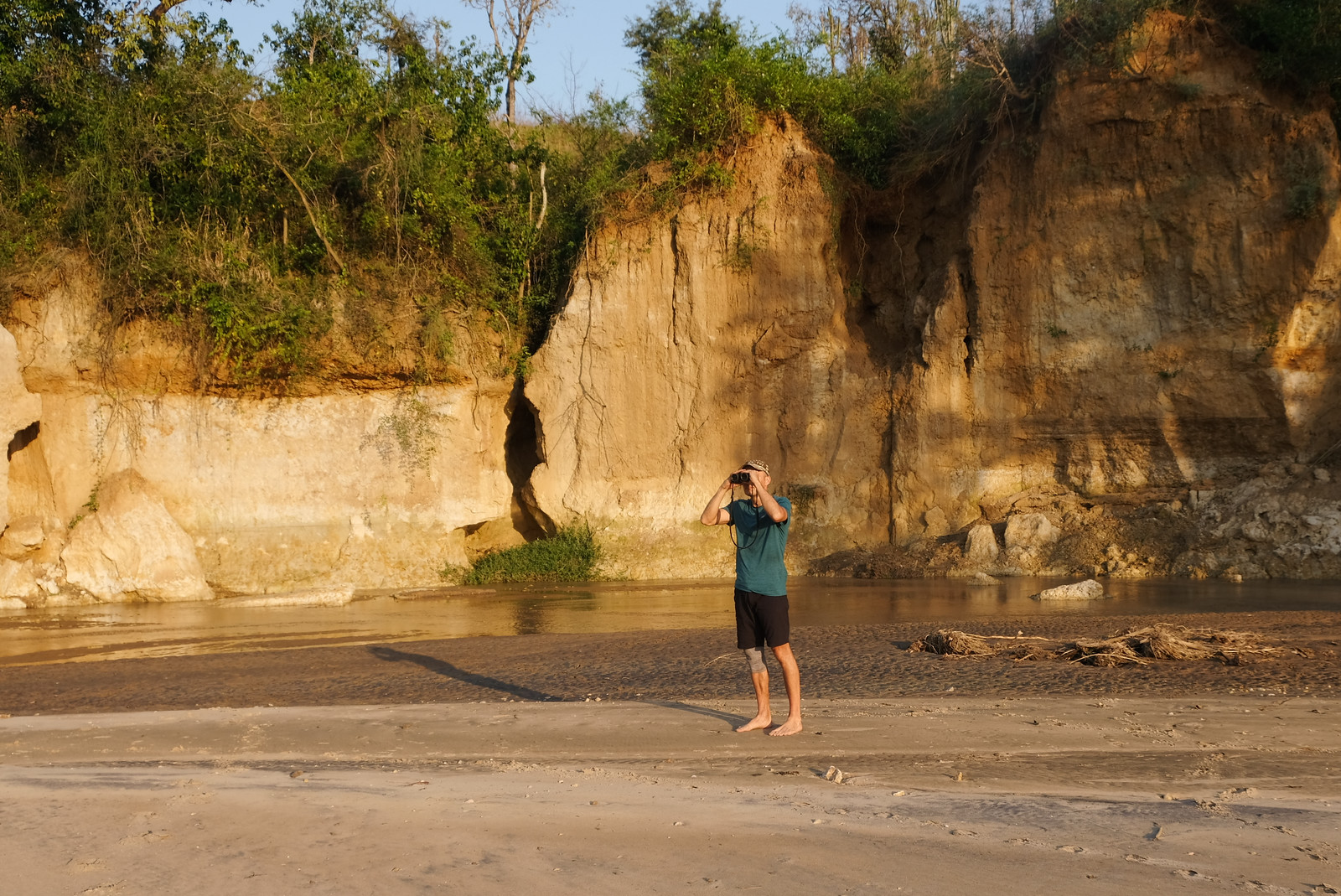Exploring Sudan Catfish in Africa – Fishing Safaris at Murchison Falls National Park
Embark on a thrilling adventure as you discover the Sudan catfish, scientifically known as Synodontis frontosus or the Sudan squeaker. This unique species of upside-down catfish is widely distributed across northern and central Africa, with its presence reported in Chad, the Democratic Republic of Congo, Kenya, Somalia, Sudan, and Uganda. French Zoologist Leon Vaillant first described this fascinating catfish in 1895, naming it frontosus, derived from the Latin term for “broad head.”
Prime Fishing Grounds in Murchison Falls National Park
Our specialist guides at Trek Africa Expeditions recommend an exciting fishing expedition for Sudan catfish in the northwest region of Uganda, near the famous Victoria Falls in Murchison Falls National Park. This area is protected, limiting commercial fishing activities and providing a haven for the Sudan catfish. Fishing safaris in this region, situated below the majestic Murchison Falls, have yielded remarkable catches of the Nile perch, especially using dead baits. Regardless of the season, having dead baits increases your chances of hooking the Nile perch with a fishing rod.
Apart from being a thrilling activity for anglers, the Sudan catfish plays a vital role in the local economy, serving as a significant food source. It is highly regarded for its minimal bone structure compared to other fish species, making it a preferred choice among locals.
Insights into the Breeding Habits
Mature Sudan catfish have a prolific breeding capacity, capable of laying between 4,000 to 100,000 eggs. Breeding males exhibit remarkable fertility, fertilizing as many as nine spawns in a season. This high breeding mechanism allows the Sudan catfish to reproduce widely throughout the year, contributing to their population sustainability. The optimal water temperature for breeding ranges between 24 to 27 degrees Celsius.
Understanding the Average Weight
Impressive records showcase the substantial size of Sudan catfish in the Murchison Falls region. An average weight of 45 kgs was recorded below Murchison Falls when caught using dead bait. Notably, in ordinary commercial fishing nets, a record-breaking catch of 100 kgs was documented, highlighting the remarkable size and strength of these catfish.
Insights into Feeding Habits
Sudan catfish exhibit an omnivorous feeding habit, primarily consuming phytoplankton, zooplankton, detritus, plant tissues, insects, and other dead organic matter present in the water. Their diverse diet contributes to their adaptability and survival in various aquatic environments.
For those seeking an immersive fishing experience in Africa, our specialist fishing guides are at your service. Contact us through email to plan the perfect fishing safari, combining adventure with the thrill of catching unique species like the Sudan catfish.

